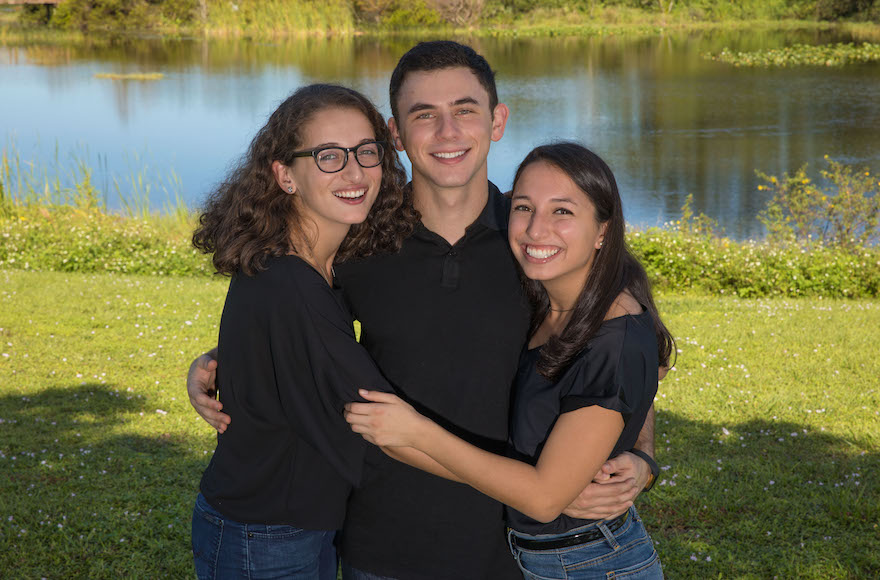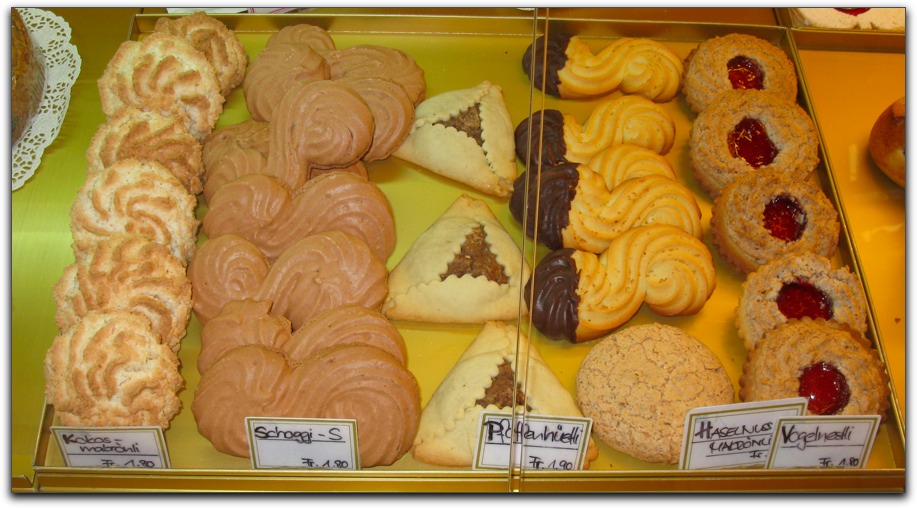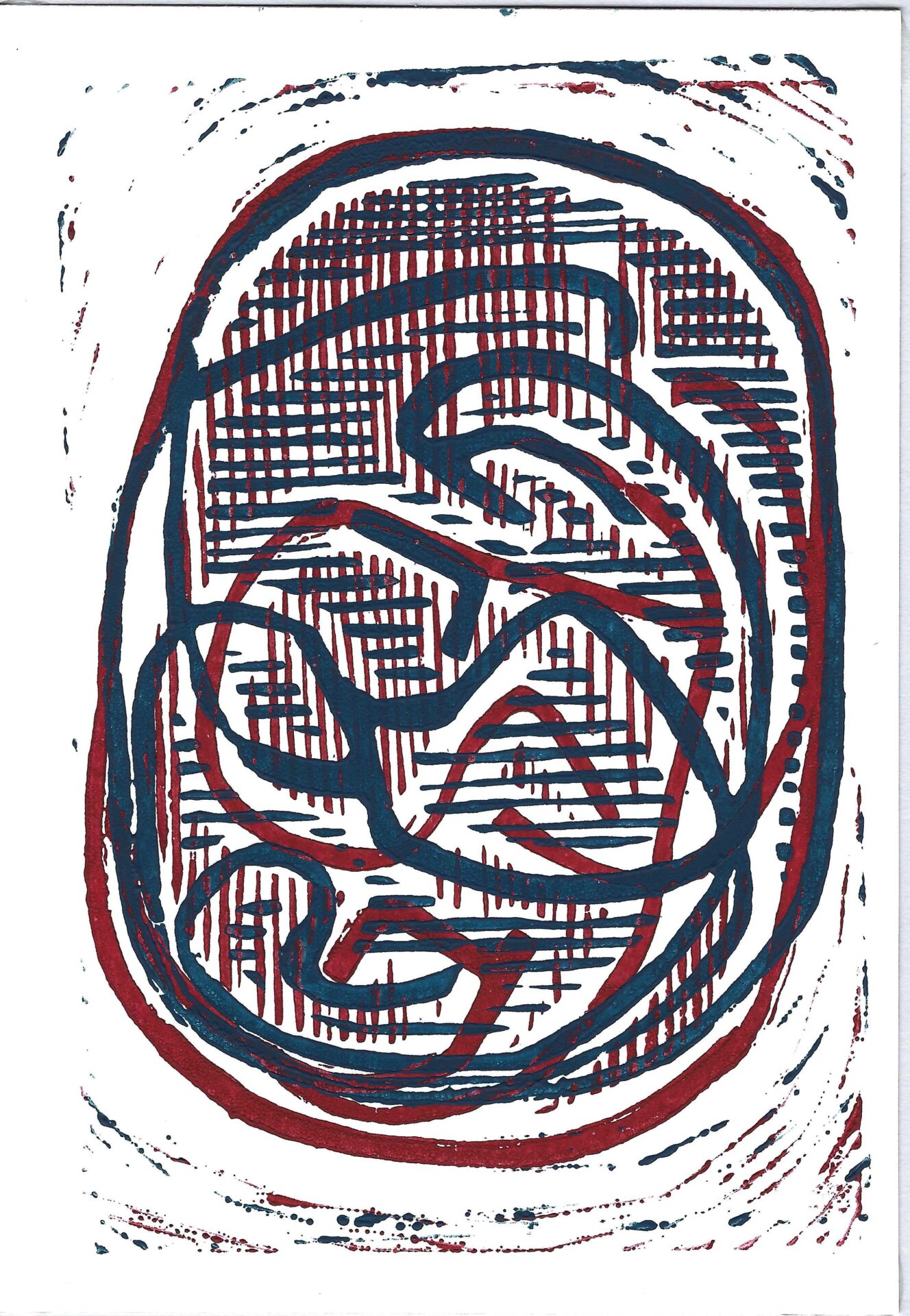Purim: Megilla Readings, Balls and Concerts (oh my; so many options)
As long ago as 1864, New York Jews attended Purim Balls, a tradition now maintained for the past 32 years at The Jewish Museum. And, not only in New York, but also Beverly Hills, CA, Minneapolis, MN and Akron, OH where young women are presented as “Esthers” to awaiting (Jewish?) Ahasueruses.
The story of Esther and our understanding of Purim seems to change with the times.
Purim and Politics
The story of Purim has been associated with political issues (and intrigue) since the Book of Esther was written.
In our own day…
Then First Lady Laura Bush seemed to insert her husband President George W. Bush into the Esther story when she circulated a letter to an evangelical newsletter, stating with a quote from Esther 4:14 (אִם‑לְעֵת כָּזֹאת emphasis mine):
In Ohio, I visited with a woman who summed up our success this way. She said, “President Bush was born for such a time as this. He never wavers when it comes to doing the right thing. It makes me feel so secure to know that our leader has such a love for our country.”
This idea that President Bush was the contemporary embodiment of Queen Esther was soon examined by others.
- Omri Elisha: “God Save the Queen; Evangelicals and the Sentimental Affinities of George W. Bush”
- Guy Lawson: “George W.‘s Personal Jesus”
For those curious about the, particularly Christian, use of this phrase, consider:
- Etsy Esther 4:14
- Christian Currier Esther 4:14 & 6:1 – Esther and Divine Providence
- St. Mark’s Evangelical Lutheran Church Esther
- Charisma News We’ve Reached an Esther 4:14 Tipping Point
A more striking application of the Esther story in recent politics relates to the rise of Sarah Palin. Three citations suffice.
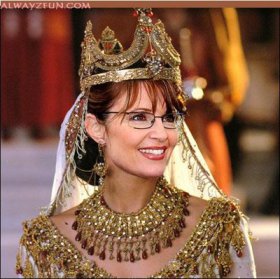
Sarah Palin as Queen (Esther?)
- Donny Newman: US Elections 2008 — “The “Esther” to Sarah Palin Connection” — Written by The Hand of GOD?
- Steve Wells: Sarah Palin: A modern day Esther gone wild
- Sherry Whitstine: Is Sarah Palin Esther of the Bible?
We Jews have also looked to the Purim story and Esther’s choices.
In 2008, Ziona Greenwald wrote “Purim, Power, And Politics”. She used the story to point out the arrogance of leaders, a trait that leads to their downfall (her example: Elliot Spitzer).
That’s one of the many thoughts that have crossed my mind since the Eliot Spitzer scandal broke. Spitzer is not the first public figure to fall from grace, but the hypocrisy of his actions is stunning, almost poignant. Behold, one of the most arrogant politicians of our time, who fashioned himself the righteous zealot rooting out corruption in high places, resigns in a mudbath of moral disgrace.
In his 2016 article “In God’s Absence: Politics in the Purim Story” which appeared (appropriately) in Hadassah magazine, David Hazony wrote:
But looked at more closely, this well-known story poses some difficult questions. Every twist in the intricate plot is described as taking place at the initiative of human beings. So why does the Bible include this utterly political story in which God is never mentioned, and biblical history and traditions like the covenant of Abraham and the laws of Moses are absent? Even the holiday of Purim itself, which Mordecai and Esther established, is the first Jewish festival that isn’t the result of a divine command. Indeed, in the Book of Esther, everything that God once did for Israel is now portrayed as being done by the Jews themselves.
A Time Such As This?
Two weeks before Purim 5778 (February 14, 2018) a young man killed 17 students and faculty at Stoneman Douglas High School The Wikipedia article about the shooting mentions that the shooter had “anti-black and anti-Muslim” tendencies, but does not mention that he also expressed anti-Semitic views and at one time had decorated his backpack with Nazi symbols. The high school’s student body is 40% Jewish and nearly 30% of those killed were Jews. Nonetheless, the memorial site for the dead at Pine Trails Park consists of crosses. A recent article in Haaretz by Natalie Lifson raises these issues and the disturbing responses she received on doing so.
Lifson’s article does not mention Purim. However, the Deutch siblings Gabby, Serena, and Cole, who grew up in nearby Boca Raton feel there is a connection.
“I think it’s a holiday that within the Jewish world, at least within more liberal Jewish circles, people take a lot of messages of social justice from, so I think with that in mind it made sense to use it,” she [Gabby] said.
Hamentaschen
In response to the shooting, and in solidarity with the victims, the siblings have organized an effort among Jewish student groups around the country to bake and sell hamentaschen. They view this as an effort to raise awareness and funds on behalf of Everytown for Gun Safety and the March for Our Lives. Other youth groups are also involved in similar efforts for gun control.
Like Purim itself, hamentaschen have also taken on various meanings through the years, from “Haman’s pockets” to “Haman’s ears”. While traveling in Switzerland in 2010 we saw comparable pastries called Pfaffenhüetti (“Pope’s Hats”).
And, as I have written elsewhere, on January 22, 2002, students at Reed College decided to bake hamentaschen in honor of Roe V. Wade day. I have since learned that the event may, actually, have been that year on Valentine’s Day in honor of “V‑Day”. Years later in Lilith Magazine, Susan Schnur wrote: “The Once and Future Womantascn: Celebrating Purim’s Full Moon as “Holy Body Day”.

Why Rabbi Louis Feldman made the wrong sign for Hamentaschen
How Will You Celebrate Purim This Year?
By the early 1930s Jewish life in Germany was already under threat. However, aside from dealing the the problems of the Great Depression, Jewish life in the Bronx continued in a vibrant manner. Sometime during that decade, a Purim concert was held at the Orthodox Chevra Shomrey Sabath synagogue at 335 Beekman Ave. in the Bronx, NY.
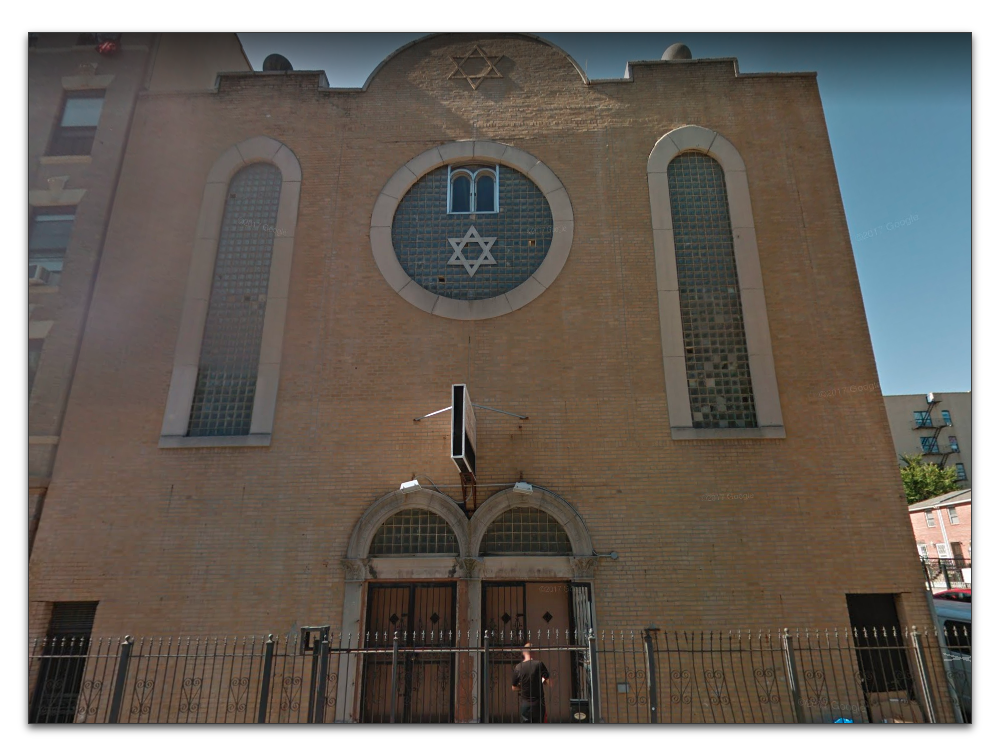
335 Beekman Ave., Bronx, NY
A Google search for ‑purim activities new york 2018- brings up a plethora of events. Many are child oriented. It’s good to know that, even at a time, 80 years ago, when Jewish life was under assault in Europe, adults gathered to enjoy music at their Bronx synagogue in celebration of Purim.
Some Purim resources
In 1976 I worked with Congregation Beth Chayim Chadashim in Los Angeles. We produced a fun retelling of the Megilla.
This little Purim-Shpeil is written for those small communities of dispersed families that can’t gather on all the holidays but can get togehter to celebrate holidays on the closest Shabbat.
Please feel free to print and duplicate this text and use it in community. It was developed many years ago (Purim 1976) for BCC (Beth Chayim Chadashim) and somewhat refined a few times since then. The text has a number of unusual puns regarding which I say: “HaMeivin Yavin.”
Most of the text is designed to be read by a “leader” and the “congregation” (the congregation’s text is in italics). Periodically antiphonal readings also appear; the designated groups will be so labeled.
Alternatively, you can assign readers to Ahasuerus, Haman and Esther along with a leader and “Chorus” (the various individual readers’ parts are indicated).
You can download a copy for reprinting here.
And, for some additional fun, Cantor Joel Coleman adapted “Who’s on First” as: Who’s doing the Shema? (… no, Who’s doing the candle lighting!)
But, why did Chevra Shomrey Sabath produce a lapel button to mark its concert?
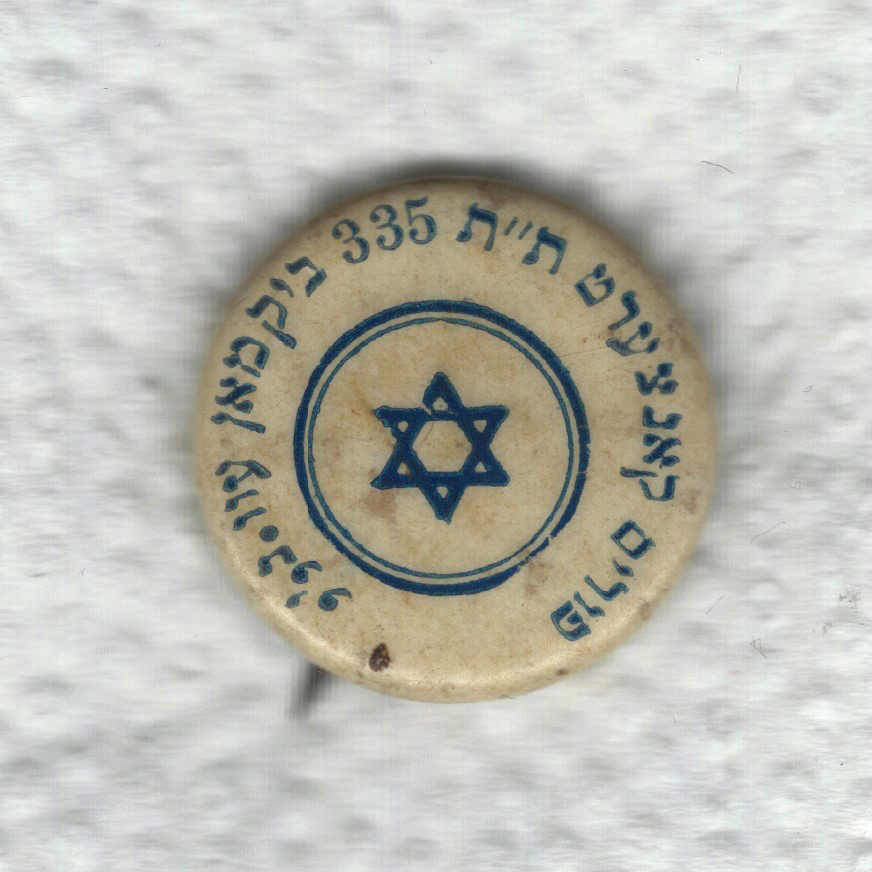
Bronx Purim Concert
| Date: | 1930s |
| Size: | 2.22 |
| Pin Form: | straight |
| Print Method: | celluloid |
| Text | ‚פורים קאנצערט ת״ת 335 ביקמאן עוו. נ,י translation: “Purim Concert T[almud] T[orah] 335 Beekman Ave. N.Y.” |
your lapel buttons
Many people have lapel buttons. They may be attached to a favorite hat or jacket you no longer wear, or poked into a cork-board on your wall. If you have any laying around that you do not feel emotionally attached to, please let me know. I preserve these for the Jewish people. At some point they will all go to an appropriate museum. You can see all the buttons shared to date.

